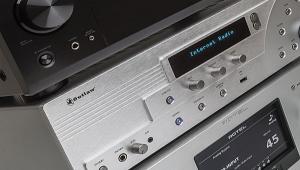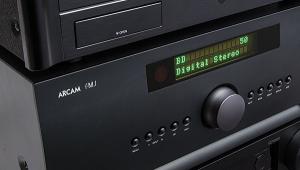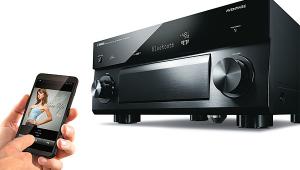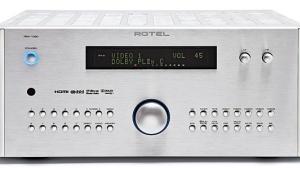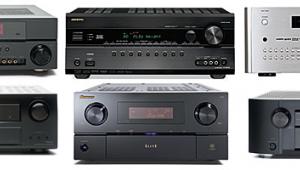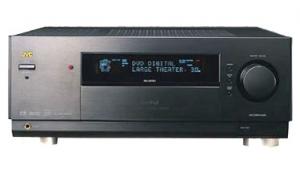Receivers vs. Separates Page 2
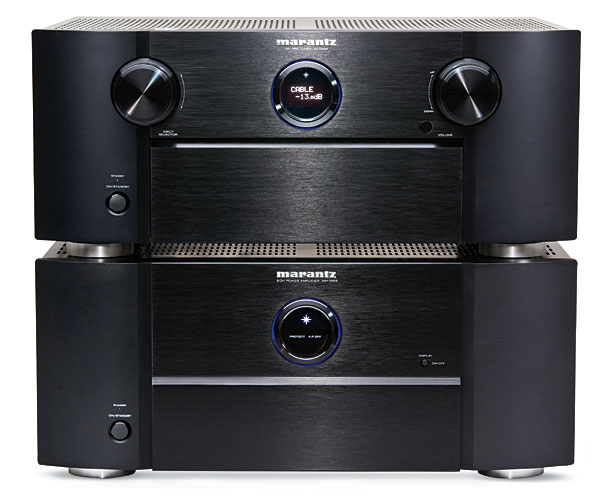
But long-term investment is also the area where costly surround processors too often fall short. An A/V receiver that sells for $599 can make the feature set of a five-figure surround processor seem embarrassingly paltry and outdated. The processor manufacturers that offer the most timely and competitive feature sets are the ones who also make—tah dah—A/V receivers.
There’s a way to combine the best attributes of AVR- and separates-based systems. That’s to use an inexpensive A/V receiver as a surround processor and a more high-end multichannel amplifier, weighting the investment toward the amp. Provided the AVR has the required preamp outputs for all the required channels, this would let you get the latest features into your system through a succession of AVRsas-surround-processors, refreshed as often as needed, while you enjoy the muscle of an outboard amp.
The Case for A/V Receivers
The AVR is stereotyped as the puny kid backed up against the wall by brawny separates who grab his lunch money. Nonetheless, an A/V receiver is usually the best way to fill a small to medium-sized room with surround sound.
What’s small to medium-sized? One rule of thumb comes from THX certification: THX Select2 Plus AVR-based systems are certified to produce cinema reference (high) sound pressure levels in rooms of up to 2,000 cubic feet. Let’s call that a small room. THX Ultra2 Plus systems are certified to do the same in rooms of up to 3,000 cubic feet. Let’s call that a midsized room and anything larger than 3,000 cubic feet a large room.
But room size isn’t the only consideration—or even the most significant one. What matters more is how your A/V receiver mates with your speakers. Speakers with nominal impedances of 8 ohms are easier to drive than those rated at, say, 4 ohms. Another crucial factor is sensitivity, or how much volume is produced per watt of power, specified in decibels under specific conditions. Speakers of the highest sensitivity (into the 90s) and moderate impedance are an easy load even for a modestly powered AVR operating in a large living room.
One of the smart things about surround systems in general, compared with large two-channel systems, is that they often don’t burden the main amp with reproducing low bass. Instead, a subwoofer with its own internal amplifier typically handles bass frequencies below 80 to 120 hertz, depending on the size and bass extension of the speakers. Since low bass frequencies eat the most power, this makes the A/V receiver’s job even easier.
Of course, when it comes to the pace of change, AVR manufacturers are far more nimble at adopting the latest features. You want the latest version of Audyssey room correction with the highest filter resolution? You want 3D-ready HDMI 1.4? You want height or width channels? Would you like your system to serve multiple zones? Do you want to use your iPhone as a remote control? Chances are you’ll find what you want in many AVR models but in few separate surround processors.
The downside of A/V receivers—especially at lower price points—is that their modest power reserves limit your choice of speakers to those with average to high sensitivity ratings and nominal impedances of (ideally) 6 to 8 ohms. Moving up to a higher-priced AVR will expand your speaker-mating options, but the most demanding speakers will remain beyond reach. Less expensive AVRs are also more likely to produce muddier or more abrasive sound, especially at high volumes, when the AVR is driven near the limits of its capabilities.
A performance-oriented A/V receiver buyer will look at higher-end models and will be scrupulous about matching the AVR to appropriate speakers.
The Unanswered Question
Beneath all these technical considerations is a philosophical question. Do you want to accept high power consumption as a fait accompli, the price of entry into the high end, or would you prefer to take every opportunity to make your system more energy efficient? Although there are some extremely efficient separate power amplifiers, and some terribly power-hungry AVRs, you may find generally that the typical AVR will be more energy efficient than a separates stack. If your sensibilities lean toward green, it’s something to consider. Answer this question, along with those of budget, your space available for components, and your desired level of performance, and you’ll have a better idea if the A/V receiver path or the road to separates is right for you.
